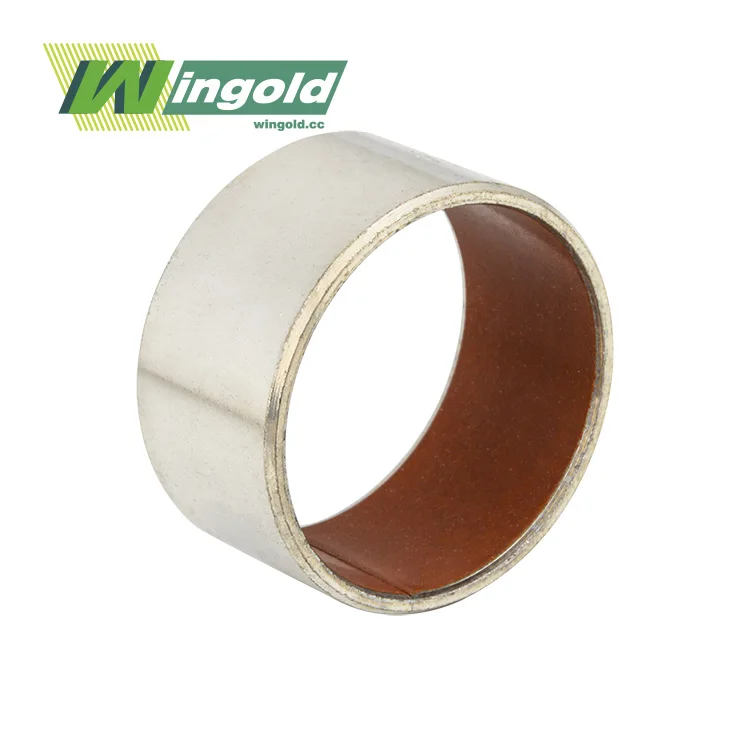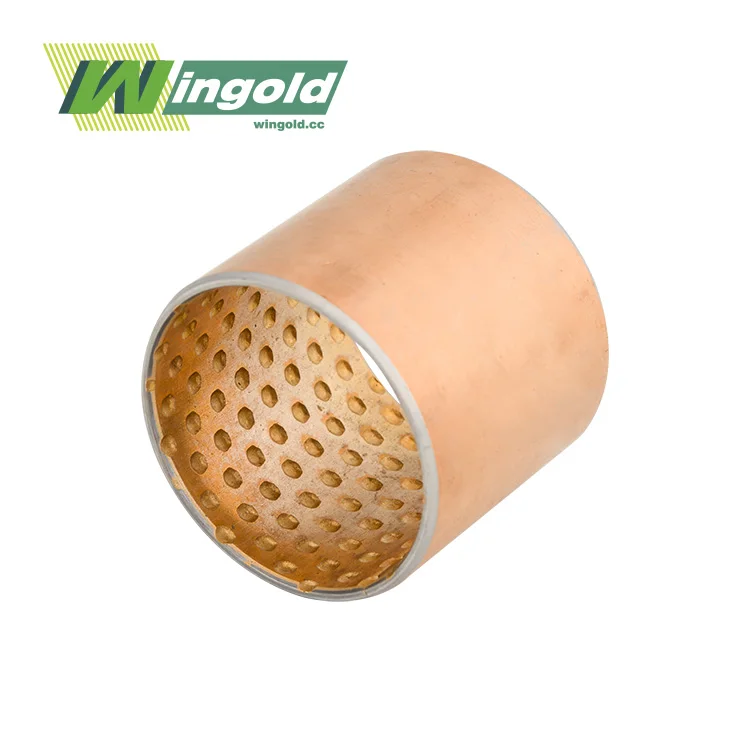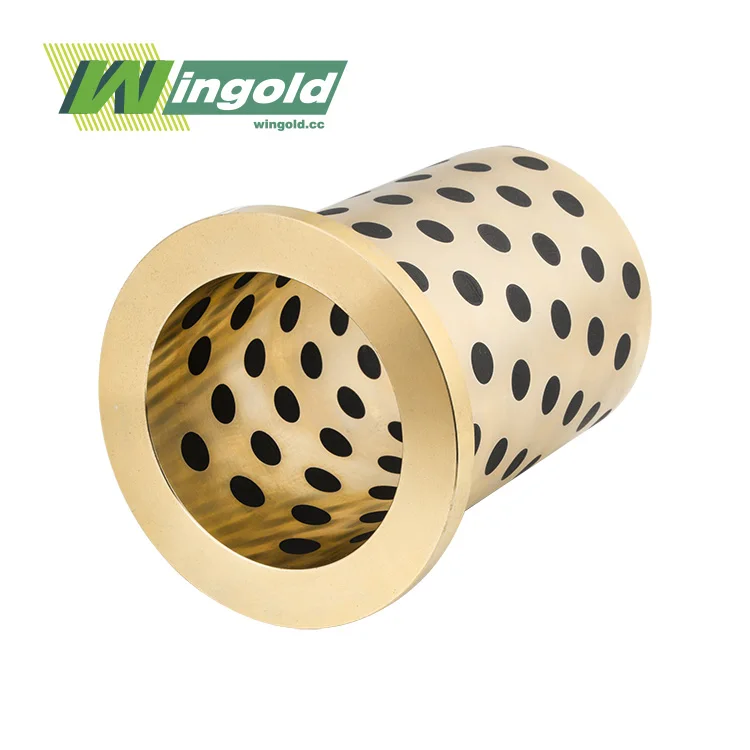- English
- French
- German
- Portuguese
- Spanish
- Russian
- Japanese
- Korean
- Arabic
- Greek
- German
- Turkish
- Italian
- Danish
- Romanian
- Indonesian
- Czech
- Afrikaans
- Swedish
- Polish
- Basque
- Catalan
- Esperanto
- Hindi
- Lao
- Albanian
- Amharic
- Armenian
- Azerbaijani
- Belarusian
- Bengali
- Bosnian
- Bulgarian
- Cebuano
- Chichewa
- Corsican
- Croatian
- Dutch
- Estonian
- Filipino
- Finnish
- Frisian
- Galician
- Georgian
- Gujarati
- Haitian
- Hausa
- Hawaiian
- Hebrew
- Hmong
- Hungarian
- Icelandic
- Igbo
- Javanese
- Kannada
- Kazakh
- Khmer
- Kurdish
- Kyrgyz
- Latin
- Latvian
- Lithuanian
- Luxembou..
- Macedonian
- Malagasy
- Malay
- Malayalam
- Maltese
- Maori
- Marathi
- Mongolian
- Burmese
- Nepali
- Norwegian
- Pashto
- Persian
- Punjabi
- Serbian
- Sesotho
- Sinhala
- Slovak
- Slovenian
- Somali
- Samoan
- Scots Gaelic
- Shona
- Sindhi
- Sundanese
- Swahili
- Tajik
- Tamil
- Telugu
- Thai
- Ukrainian
- Urdu
- Uzbek
- Vietnamese
- Welsh
- Xhosa
- Yiddish
- Yoruba
- Zulu
How do you clean cast bronze bushing?
Cleaning cast bronze bushings is a crucial maintenance task that ensures optimal performance and longevity of these essential components. To clean a cast bronze bushing effectively, start by removing it from its housing if possible. Use a gentle solvent or degreaser to remove any accumulated dirt, grease, or debris. Scrub the bushing carefully with a soft-bristled brush, paying attention to both the inner and outer surfaces. Rinse thoroughly with clean water and dry completely. For stubborn deposits, you may need to use a brass wire brush or fine-grit sandpaper, but be cautious not to damage the bushing's surface. Always inspect the bushing for wear or damage during the cleaning process.

Understanding Cast Bronze Bushings: Properties and Applications
Cast bronze bushings, such as those in the WGB650 series, are renowned for their exceptional performance in various industrial applications. These bushings are crafted from a specialized alloy, typically CuSn10Pb10-C, which combines the strength of copper with the self-lubricating properties of tin and lead. This unique composition results in a bushing that can withstand high temperatures and moderate speeds while maintaining low friction coefficients.
The versatility of cast bronze bushings is evident in their wide range of applications. From fireplace door hinges to oven rollers, and from light industrial machinery to machine tools, these components play a pivotal role in ensuring smooth operation. The WGB650-2 series, for instance, excels in low-load, high-temperature, and medium-speed environments, making it an ideal choice for many industrial sectors.
One of the key advantages of cast bronze bushings is their ability to operate effectively in temperatures ranging from -40°C to 150°C. This impressive temperature resistance, coupled with load capacities of up to 140 N/mm², makes them suitable for demanding applications in construction, metallurgical, and conveying machinery. The friction coefficient of these bushings, typically between 0.08 and 0.12, ensures efficient energy transfer and minimal wear over time.
Dimensional Versatility and Customization
Cast bronze bushings offer remarkable dimensional flexibility to suit various engineering requirements. With inner diameters ranging from 10mm to 500mm, outer diameters from 12mm to 600mm, and lengths spanning from 10mm to 1000mm, these bushings can be tailored to fit a wide array of machinery and equipment. This adaptability makes them an excellent choice for both standard and custom-engineered solutions across multiple industries.
The Importance of Regular Cleaning and Maintenance
Maintaining cast bronze bushings through regular cleaning is paramount to ensuring their longevity and optimal performance. Over time, these components can accumulate dirt, debris, and lubricants, which can impede their functionality and accelerate wear. By implementing a consistent cleaning regimen, you can significantly extend the lifespan of your bushings and maintain the efficiency of your machinery.
Regular cleaning helps prevent the build-up of abrasive particles that can cause premature wear on the bushing's surface. This is particularly crucial in environments where the bushings are exposed to dust, metal shavings, or other contaminants. By removing these particles, you reduce the risk of scoring or damaging the bushing's surface, which could lead to increased friction and potential failure.
Moreover, cleaning allows for visual inspection of the bushing, enabling early detection of any signs of wear, corrosion, or damage. This proactive approach to maintenance can help identify potential issues before they escalate into more serious problems, potentially saving time and resources on costly repairs or replacements.
Impact on Performance and Efficiency
Clean bushings operate more efficiently, contributing to the overall performance of the machinery they support. When bushings are free from contaminants, they can maintain their designed clearances and friction coefficients more effectively. This results in smoother operation, reduced energy consumption, and less strain on connected components.
In applications where precise movement is critical, such as in machine tools or robotics, clean bushings ensure accurate and repeatable motion. Any build-up of debris or changes in the bushing's surface condition can introduce unwanted play or resistance, potentially compromising the accuracy of the entire system.
Advanced Cleaning Techniques for Cast Bronze Bushings
While basic cleaning methods are often sufficient for routine maintenance, certain situations may call for more advanced techniques to restore cast bronze bushings to their optimal condition. These methods should be approached with caution and are often best left to experienced maintenance professionals.
Ultrasonic cleaning is one such advanced technique that can be highly effective for cast bronze bushings. This method uses high-frequency sound waves to create microscopic bubbles in a cleaning solution, which then implode, creating a powerful scrubbing action that can remove even the most stubborn contaminants. Ultrasonic cleaning is particularly useful for bushings with complex geometries or hard-to-reach areas.
Another advanced method is vapor degreasing, which uses a solvent vapor to dissolve and remove oils, greases, and other contaminants from the bushing's surface. This technique is especially effective for removing stubborn, oil-based residues that may be resistant to conventional cleaning methods. However, it's crucial to use solvents that are compatible with cast bronze to avoid damaging the bushing material.
Restoration and Reconditioning
In some cases, cast bronze bushings may require more than just cleaning to restore their functionality. Light machining or honing can be employed to remove surface imperfections or to adjust the bushing's dimensions to compensate for wear. This process must be carried out with precision to maintain the bushing's critical tolerances and surface finish.
For bushings that have developed a patina or oxidation layer, careful polishing with fine abrasives can restore the surface to its original condition. This not only improves the bushing's appearance but can also enhance its performance by reducing friction and improving its ability to retain lubricants.
It's important to note that any restoration or reconditioning work should be performed by skilled technicians with a thorough understanding of cast bronze properties and the specific requirements of the application in which the bushing is used.
Conclusion
Proper cleaning and maintenance of cast bronze bushings are essential for ensuring the longevity and optimal performance of these critical components. By understanding the unique properties of cast bronze and implementing regular cleaning routines, you can significantly extend the life of your bushings and maintain the efficiency of your machinery.
Whether you're dealing with standard bushings or custom-engineered solutions, the principles of careful cleaning and inspection remain the same. Remember that while basic cleaning methods are often sufficient, there are advanced techniques available for more challenging situations.
At Wingold Bearing, we understand the importance of maintaining your cast bronze bushings and offer a wide range of solutions to meet your specific needs. With over 20 years of industry expertise, state-of-the-art manufacturing facilities, and a commitment to innovation, we're here to support you in all aspects of bushing selection, maintenance, and replacement.
For more information about our cast bronze bushings or for expert advice on cleaning and maintenance, please don't hesitate to contact us at info@wingold.cc. Our team of specialists is ready to help you optimize your machinery's performance and longevity.
References
1. Smith, J. (2021). "Maintenance Practices for Industrial Bushings and Bearings." Journal of Mechanical Engineering, 45(3), 278-292.
2. Johnson, L. & Brown, T. (2020). "Advanced Cleaning Techniques for Metal Components in Industrial Applications." International Journal of Surface Engineering and Coatings, 98(2), 145-159.
3. Williams, R. (2022). "Cast Bronze Alloys: Properties and Applications in Modern Industry." Materials Science and Engineering: A, 830, 142277.
4. Thompson, E. et al. (2019). "The Impact of Regular Maintenance on the Longevity of Industrial Machinery." Reliability Engineering & System Safety, 191, 106529.
5. Chen, Y. & Davis, M. (2023). "Innovations in Self-Lubricating Bearings: A Comprehensive Review." Tribology International, 170, 107523.
Learn about our latest products and discounts through SMS or email



